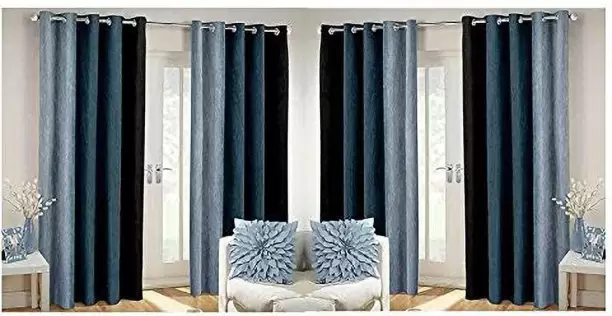Table of Contents
While you may not realise it, hospital cubicle curtains can enormously impact a patient’s hospital stay. Not only do they help to give patients a private space where they can talk to healthcare professionals and recover but they also help reduce the spread of infections within hospitals as they function as a barrier between the patient and the infection.
As you can see, cubicle curtains are essential in hospital and clinical settings. However, many medical settings are unsure which curtains are best suited to their setting. There are so many different suppliers and so many different kinds of medical curtains that it can become confusing. The good news is that there is a lot of advice to help you choose the right cubicle curtain.
Keep reading below for our simple guide to purchasing cubicle curtains:
Which Settings Need to Use Cubicle Curtains?
Cubicle curtains, otherwise known as medical curtains, are used in almost all healthcare settings. Hospitals, for example, use medical curtains to separate beds from one another. As well as hospital settings, medical curtains are also used in settings such as research facilities, medical centres, and dialysis clinics.
What to Look for When Choosing a Cubicle Curtain
You need to consider several things when choosing a hospital curtain. Not only do you need to consider the type of fabric used, but you also need to ensure that they are safe to use. Research has shown that woven fabrics make the best type of cubicle curtain. This is because most woven fabrics are opaque.
Choosing an opaque material is crucial because it helps to give patients the privacy they deserve. It is also vital to select medical curtains that have a portion of mesh fabric at the top. This is to make room for the fire sprinkler systems installed in all settings. As well as this, all medical curtains must be fire retardant to prevent the spread of a fire within a hospital.
How to Measure the Length and Width of Curtain You Require
Often, this is where many people struggle. However, it is not as difficult as you would expect. You simply need to leave a three-inch gap between the top of the curtain and the ceiling-mounted curtain track. That said, it is also essential to ensure that the curtains stop between nine and 15 inches off the floor.
Once you have worked out how long you need your curtains, you need to work out how wide they need to be. In most cases, choosing curtains that are approximately 15% larger than the cubicle track is a good idea. The extra material will help the curtains to open and close easier.
As you can see, when it comes to buying medical curtains, it’s not one size fits all. Not only do you need to consider the type of material you want the curtains to be made from, but you also need to consider the size you need. Once you know what you require, you must find a reputable supplier. This will help to ensure that the curtains will be durable and long-lasting.

